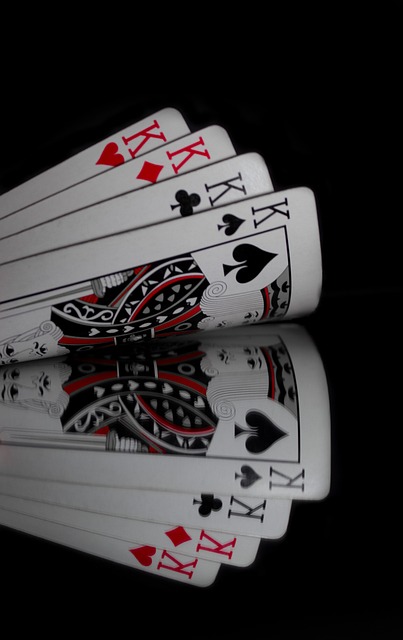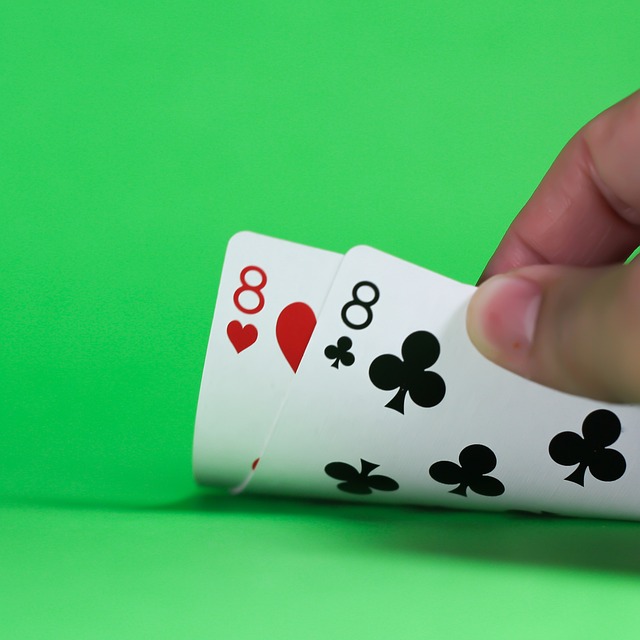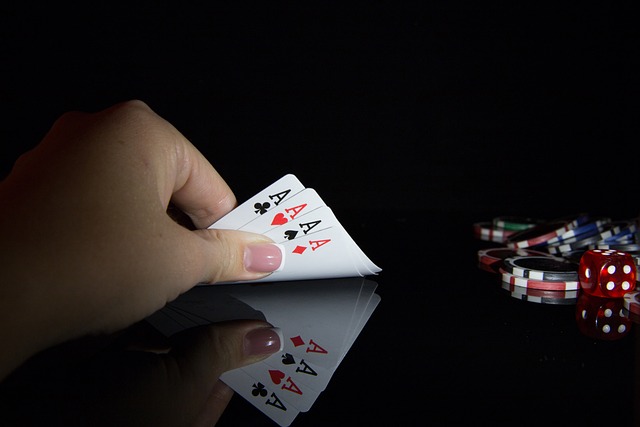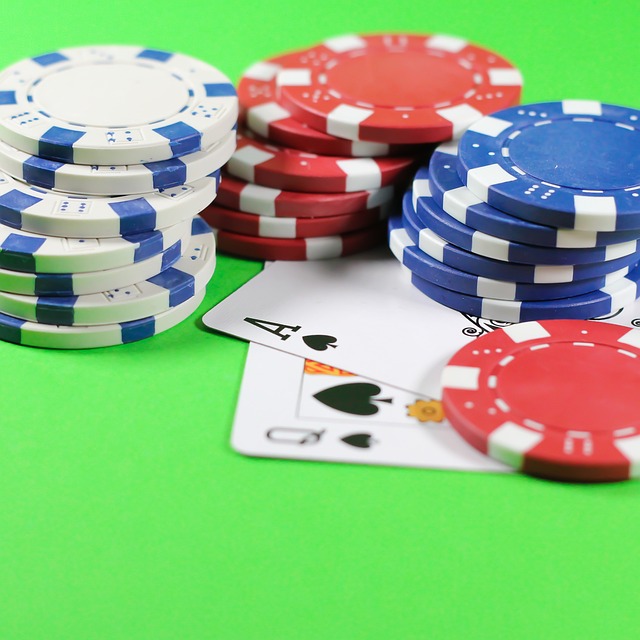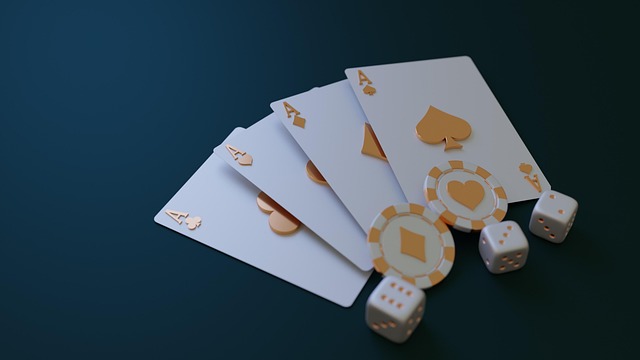Blackjack, with roots in 17th-century France as "Twenty-One," has globally evolved, especially in American casinos. The game's balance between luck and skill, along with its strategic depth and iconic card counting methods, keeps it popular worldwide. Players aim to beat the dealer by reaching a hand value close to 21 without exceeding it, using decisions like 'Hit' or 'Stand' based on their cards and the dealer's upcard. Understanding when to hit or stand, balancing risk and reward, and adhering to basic strategy charts are key to enhancing victory chances while maintaining composure.
Blackjack, a captivating card game with a rich history, has enticed players worldwide. Originating from a blend of European and American gaming traditions, it evolved into the dynamic 21-card game we know today. This article delves into the fascinating world of Blackjack, exploring its rules, gameplay mechanics, and strategic insights. Uncover the secrets to enhancing your skills and increasing your chances of success in this classic casino staple, Blackjack.
History and Origins of Blackjack
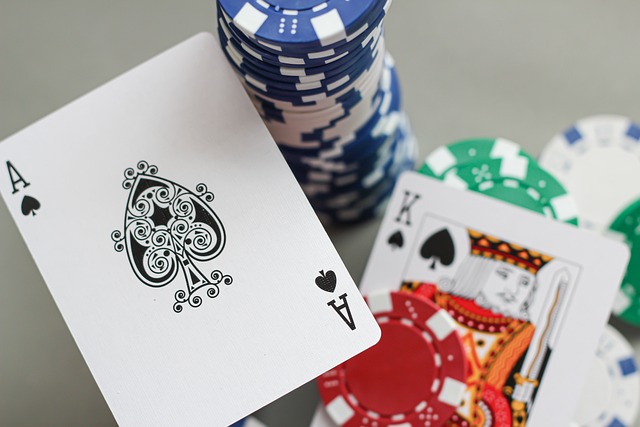
Blackjack, a captivating card game that has enthralled players for centuries, traces its roots back to an early 17th-century French game called “Twenty-One.” This precursor, as the name suggests, aimed to reach a hand value of 21 without exceeding it. Over time, the game evolved and made its way across continents, absorbing influences from various cultures along the journey. In American casinos during the late 19th century, Blackjack emerged as a popular variant, featuring simple rules that allowed for quick decision-making and strategic play. The game’s allure lies in its perfect balance between luck and skill, where players compete against the dealer to obtain a hand totaling 21 or as close to it without going over.
The origins of Blackjack can be tied to the French courts, where a game similar to Twenty-One was played among the elite. From there, it spread to Spain and eventually made its way to the New World, transforming and adapting as it traveled. The introduction of card counting strategies in the 1960s further revolutionized Blackjack, attracting even more players to its captivating blend of chance and strategy. Today, Blackjack remains a staple in casinos worldwide, offering an engaging experience that continues to draw enthusiasts from all walks of life.
Rules and Gameplay Mechanics
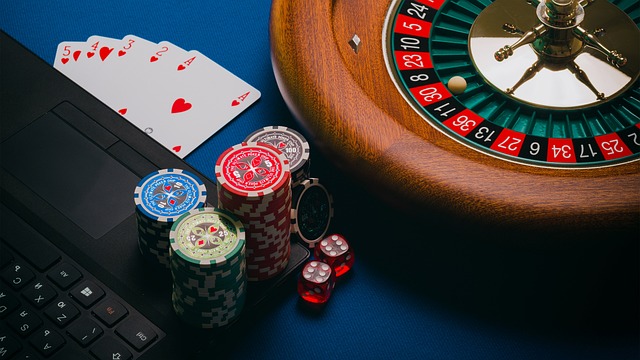
In the game of 21, or Blackjack as it’s also known, players compete against a dealer in a casino environment. The objective is to have a hand value closer to 21 than the dealer’s without going over. Each player is dealt two cards face up, and the dealer receives one card face up and one down. Cards are valued as follows: number cards (2-10) are worth their face value; faces cards (Jack, Queen, King) are worth 10; and Aces can be counted as either 1 or 11, depending on what benefits the player’s strategy.
Gameplay mechanics involve players deciding whether to “Hit” (draw another card) or “Stand” (end their turn). They can also choose to “Double Down” for a higher wager, or “Split” if they receive two cards of the same value. The dealer must draw additional cards if their hand totals 16 or less; if it’s 17 or more, they must Stand. This creates an element of strategy and risk-reward calculation, where players balance the potential gain against the chance of going over 21 (known as “busting”). Blackjack, then, is not just a game of luck but also requires skill in managing hands and making informed decisions based on both one’s own cards and the dealer’s upcard.
Strategies for Success in Blackjack
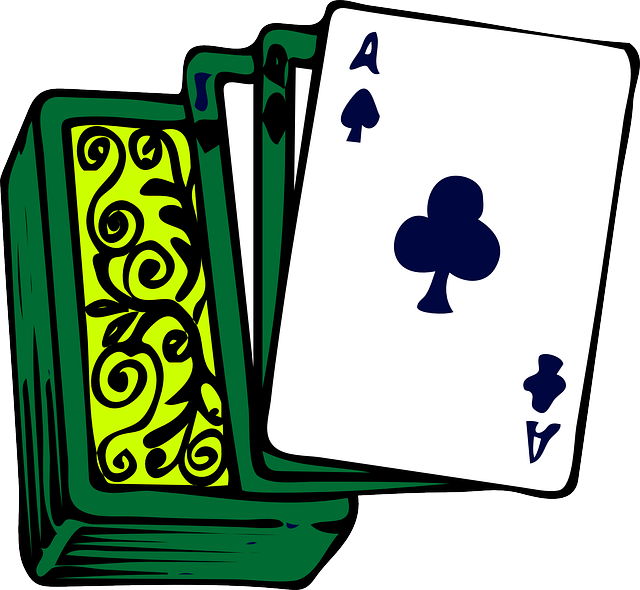
In the fast-paced world of Blackjack, where every decision counts, mastering strategies is key to success. One powerful technique involves understanding when to hit or stand—knowing when to take an extra card and when to stick with your current total. Balancing risk and reward is essential; taking on additional cards can yield higher scores but also increases the chance of going over 21.
Remember, in Blackjack, knowledge is power. Players should familiarize themselves with basic strategy charts, which provide optimal decisions for various card combinations. By following these guidelines, you can reduce the house edge and increase your chances of winning. Additionally, keeping a cool head and avoiding emotional decisions is crucial; stick to the strategy, even when luck seems to be against you.
Blackjack, a timeless classic among card games, continues to captivate players worldwide. Understanding its history, rules, and effective strategies can greatly enhance your gaming experience. Armed with this knowledge, you’ll be well-prepared to navigate the exciting world of 21, where skill, strategy, and a bit of luck come together in perfect harmony.
